Understanding Terpenes: What is Caryophyllene?

- 1. What is caryophyllene?
- 2. Where can you find caryophyllene?
- 3. What are caryophyllene's uses?
- 4. What are caryophyllene's health properties?
- 4. a. Caryophyllene as an anticancer
- 4. b. Caryophyllene as an analgesic
- 4. c. Caryophyllene for treating inflammation
- 4. d. Caryophyllene for diabetic patients
- 4. e. Caryophyllene for insomnia, stress and anxiety
- 5. What are some caryophyllene rich strains?
- 6. The bottom line
The cannabis family is an extensive one, integrated by several different components that make up the bone structure of each strain, or furthermore, each plant.
Starting with the two most famous components in marijuana, THC and CBD, the list can infinitely go on. For example, another set of important cannabis compounds are what's known as terpenes.
Terpenes aren't particular of weed plants only; you can find over a 100 types of terpenes all around the world in many different plants, fruits, and flowers. It's the terpenes that are responsible for that piney scent in the forest or the citrus flavor in tangerines.
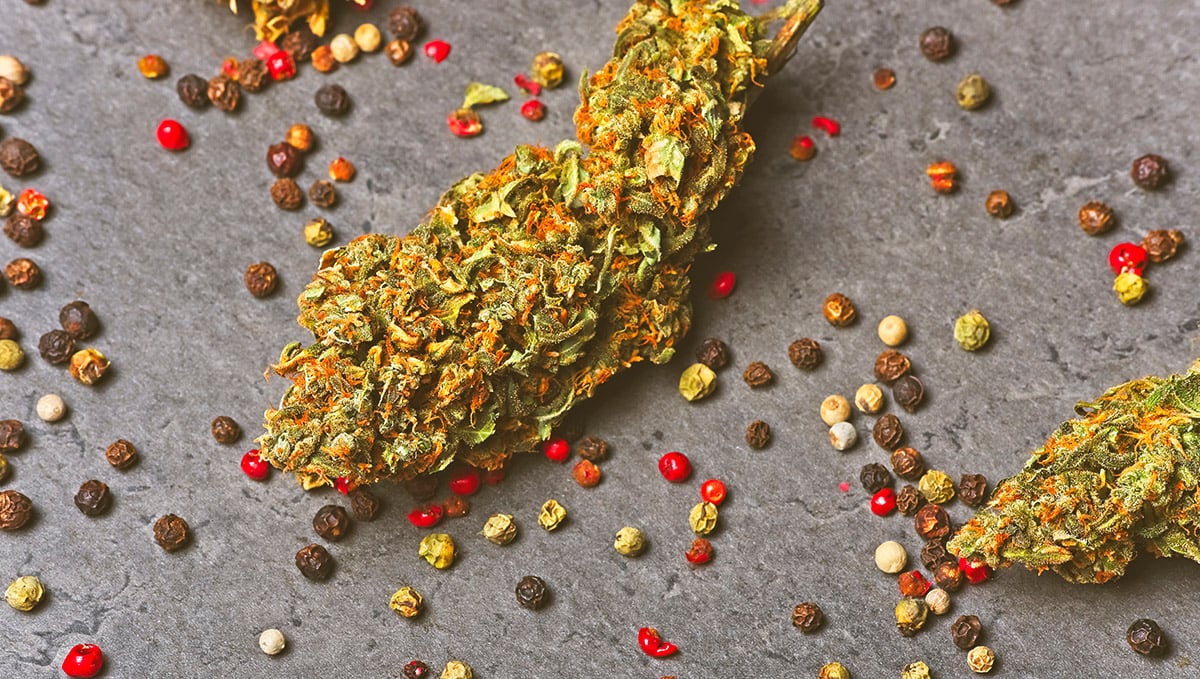
But when it comes to marijuana, terpenes provide the characteristic scent and flavor to each plant. For example, caryophyllene is the terpene particular for that spicy, woody, pepper, and cloves scent and flavor in cannabis buds.
But this isn't all caryophyllene terpene is known for, let's go through the characteristics of this type of terpenes.
1. What Is Caryophyllene?
Caryophyllene (ka-ri-o-fi-len) also known as beta-caryophyllene is one of the primary terpenes, being one of the most abundantly found in cannabis. In fact, a cannabis plant can contain over 25% of these terpenes in its final product.
However, caryophyllene is quite a unique terpene due to its ability of binding to CB2 cannabinoid receptors in the endocannabinoid system after being consumed orally. It's for this reason that caryophyllene is sometimes considered as a dietary cannabinoid as well.
At this stage, perhaps having a better understanding of what terpenes are could be of help. Terpenes are fragrant oils found in marijuana plants that give each plant its own particular smell and taste. It's the combinations of these that give each strain its unique fragrance and set of properties.
In marijuana plants, terpenes are produced in the buds' trichomes, the shiny, transparent, lollipop looking glands where the other cannabinoids, such as THC and CBD, are produced as well.
While caryophyllene abounds in cannabis plants, you can also find them in many other of nature's products.
2. Where Can You Find Caryophyllene?
This terpene can be found in many essential oils, such as clove, rosemary, basil, ylang ylang, and black caraway oil. Are you one of those who loves cooking super spicy recipes? Then most likely you've come across some caryophyllene before.
| Aroma | Found in | Medical use | Effects | Vaporizes at |
|---|---|---|---|---|
| Spicy, woody, pepper, clove. | Cinnamon, pepper, hops, oregano, rosemary, basil, ylang-ylang, clove, black caraway. | Cancer; arthritis; diabetes; insomnia. | Anti-inflammatory; sedative; pain relief; anticancer; antibacterial; and more. | 130°C |
Beta-caryophyllene is also usually found in hops, black pepper, oregano, and cinnamon. Those French toasts in the morning, or that pepper-showered salad? Caryophyllene alert!
3. What Are Caryophyllene's Uses?
Apart from flavoring salads or toast, caryophyllene is also used for its preservative properties. Some caryophyllene-rich products, such as hops can be found in beer for taste and stabilization. Some vodkas and whiskeys also contain caryophyllene in their composition.
Due to its strong, spicy flavor, this terpene can also be used as a flavoring agent, most commonly found in candies and chewing gum to enhance the peppery or citrusy taste. Cooking sauces and pre-mixed cooking spices are rich in caryophyllene as well.
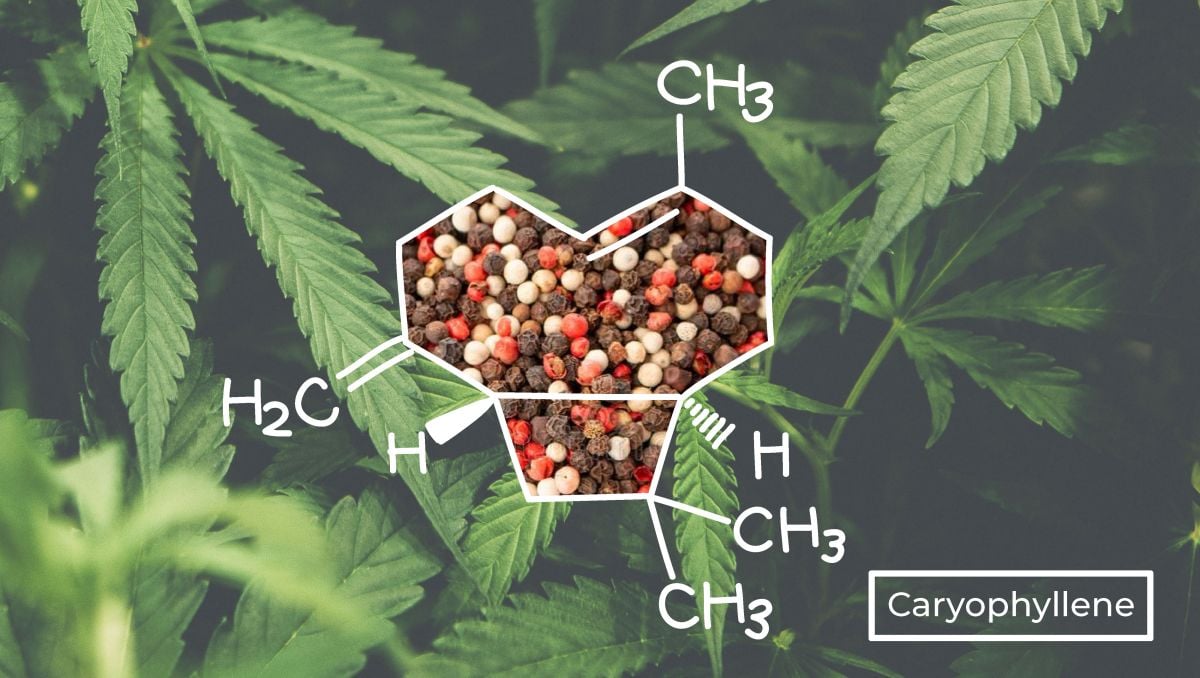
The cosmetics sector doesn't escape this terpene either. You'll be able to find shampoos, hair conditioners, body lotions, and facial creams rich with this terpene content. Some detergents also use caryophyllene for composing their fragrance.
4. What Are Caryophyllene's Health Properties?
Unlike the rest of the terpenes, there is a lot of research focused on finding out the benefits of caryophyllene terpenes. In fact, in the 1960s the organic chemist and Harvard researcher E. J. Corey dedicated himself to the investigation of said terpene in order to identify its unique properties.
Ever since Corey pioneered the research of caryophyllene, his studies have helped today's scientists who also advocate themselves to the investigations of the therapeutic capacities of this terpene.
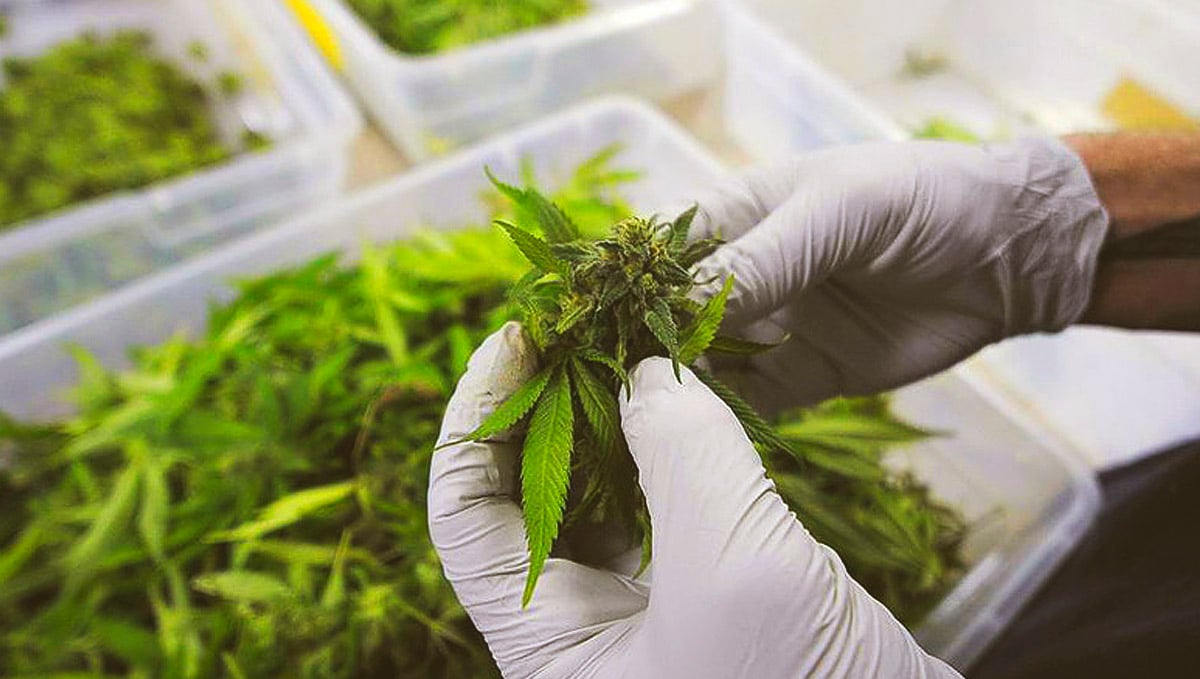
Apart from being a great source of flavor and scent as an additive in foods, beverages, cosmetics, and cleaning products, caryophyllene provides the human body a vast amount of health benefits, such as:
- Inhibiting some types of cancer cells;
- Working as an analgesic;
- Balancing glucose levels in diabetic patients;
- Soothing inflammation;
- Working as an effective sedative, and more.
Let's go through the different qualities that caryophyllene terpene provides.
Caryophyllene as an Anticancer
Like many of the other terpenes, caryophyllene has shown to be an ally for patients with certain types of cancers.
A study led in the year 2016 has found that this terpene can help in reducing the spread and proliferation of cancer cells, as well as being a natural enhancer of other cancer treatments, boosting their effectiveness. 1
Caryophyllene as an Analgesic
Some years earlier, in 2013, a study that experimented on mice was able to prove the analgesic properties of caryophyllene. 2
Author's note:We do not support any of the animal testings led on the studies mentioned in this article or any other articles. They're just quoted to back the information provided.
After being injected with caryophyllene, the mice which had been exposed to capsaicin, an extract from chili pepper with analgesic properties, showed big signs of pain relief. Furthermore, this terpene works as an enhancer of the pain-relieving effects provided by low doses of morphine.
Caryophyllene for Treating Inflammation
A more recent study, published in 2018 and performed on rats as well, ugh, has been able to point out the terpene's capacity to reduce inflammation. 3
The rats, which had been induced with arthritis, nice man, were then fed different doses of caryophyllene, between 215 mg and 430 mg, which showed to reduce the swelling in lymph nodes. At the same time, those rats in the study who were kept healthy didn't show any signs of metabolism modifications.
Furthermore, another study showed that this terpene could also help in the treatment of inflammatory bowel disease.
Caryophyllene for Diabetic Patients
Another potential benefit of caryophyllene or beta-caryophyllene is the ability to balance glucose levels in diabetic patients.

A study led in 2020, which also experimented with rats that had diabetes, found that caryophyllene when used in combination with standard diabetic treatments, helped in balancing the glucose levels in the rodents. 4
Another promising component in cannabis for treating diabetes is the recently found cannabinoid CBM. Find out everything about it in the following article:
Caryophyllene for Insomnia, Stress and Anxiety
Since caryophyllene, as well as most of the other terpenes, is an effective sedative agent, this terpene can aid those struggling with poor sleeping schedules. 5
At the same time, since this terpene in combination with other sedative terpenes and cannabinoids functions as a psychoactive, it can also promote a healthy mental state, aiding to relieve stress and anxiety, as well as treating depression. 6
5. What Are Some Caryophyllene Rich Strains?
Now that we've successfully gone through the several and different benefits of caryophyllene terpenes, it's about time we go through what are the richest caryophyllene-content cannabis strains.
For instance, check out the ice-cream-flavored Gelato Auto for a rich caryophyllene strain.
This beast of a strain has measured up to 26% THC content, making it one of the strongest psychoactive strains in the market.
6. The Bottom Line
It's okay to get a little geeky when it comes to the world of cannabis, or anytime for what matters when, in turn, you'll be able to upgrade your consumption experience.
Understanding the genealogy of your weed strains will provide you full knowledge and control over the final products of what you cultivate and smoke. This way, you'll be able to recognize what effects you're looking to obtain from your marijuana and be more accurate as you search for such ideals.
We hope we've helped you identify your favorite terpenes properties, flavor, and fragrances. Don't forget to comment on what your favorite strains are!
EXTERNAL REFERENCES
- "β‐caryophyllene and β‐caryophyllene oxide—natural compounds of anticancer and analgesic properties" Klaudyna Fidyt, Anna Fiedorowicz, Leon Strządała, and Antoni Szumny. October 2016.
- "Involvement of peripheral cannabinoid and opioid receptors in β-caryophyllene-induced antinociception" S. Katsuyama, H. Mizoguchi, H. Kuwahata, T. Komatsu, K. Nagaoka, H. Nakamura, G. Bagetta, T. Sakurada, and S. Sakurada. May 2013.
- "β-Caryophyllene, the major constituent of copaiba oil, reduces systemic inflammation and oxidative stress in arthritic rats" Ana P. Ames-Sibin, Camila L. Barizão, Cristiane V. Castro-Ghizoni, Francielli M. S. Silva, Anacharis B. Sá-Nakanishi, Lívia Bracht, Ciomar A. Bersani-Amado, Maria R. Marçal-Natali, Adelar Bracht, and Jurandir F. Comar. December 2018.
- "Therapeutic Potential of β-Caryophyllene: A Dietary Cannabinoid in Diabetes and Associated Complications" Hebaallah Mamdouh Hashiesh, Mohamed F. Nagoor Meeran, Charu Sharma, Bassem Sadek, Juma Al Kaabi, and Shreesh K. Ojha. September 2020.
- "The Mechanism of Compound Anshen Essential Oil in the Treatment of Insomnia Was Examined by Network Pharmacology" Guilin Ren, Yu Zhong, Gang Ke, Xiaoli Liu, Huiting Li, Xiaofang Li, Qin Zheng, and Ming Yang. June 2019.
- "β-Caryophyllene, a CB2 receptor agonist produces multiple behavioral changes relevant to anxiety and depression in mice" Amine Bahi, Shamma Al Mansouri, Elyazia Al Memari, Mouza Al Ameri, Syed M. Nurulain, and Shreesh Ojha. August 2014.









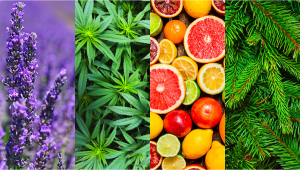

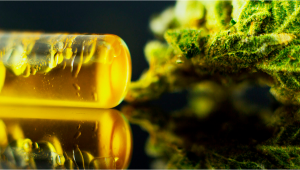
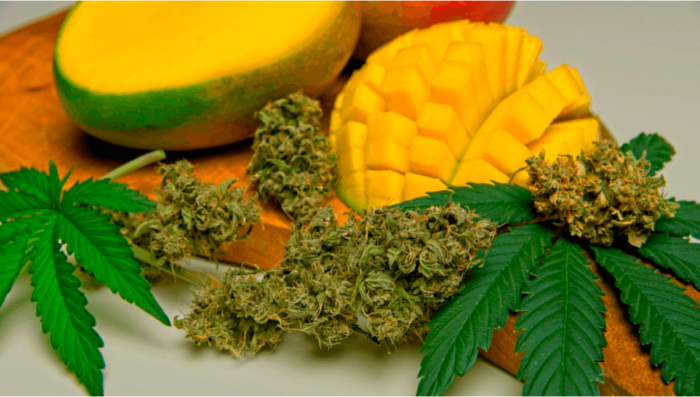

Comments